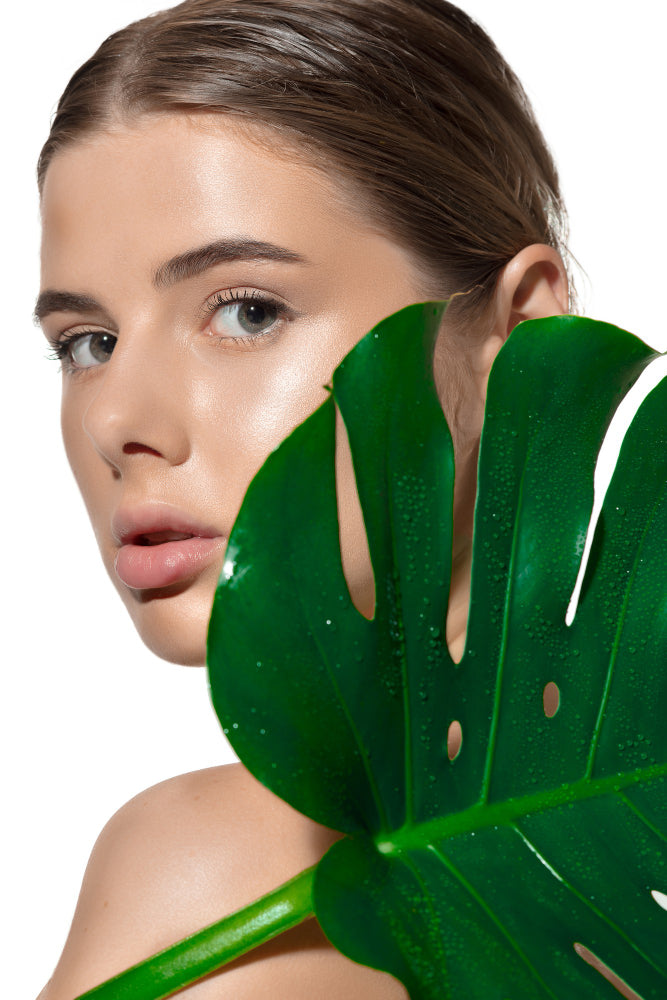J Cosmet Laser Ther. 2006 Jun;8(2):71-5.
Combination blue (415 nm) and red (633 nm) LED phototherapy in the treatment of mild to severe acne vulgaris.
Goldberg DJ1, Russell BA.
Abstract
BACKGROUND AND OBJECTIVE:
Acne vulgaris represents both a challenge to the treating dermatologist and a major concern for the patient. Conventional treatments have proved inconsistent with often unacceptable side effects and high rates of recurrence. Non-thermal, non-laser, phototherapy for acne with a combination of blue and red light has recently attracted attention. The present study was designed to assess the efficacy of this combination phototherapy.
METHODS:
Twenty-four subjects, Fitzpatrick skin types II-V, with mild to severe symmetric facial acne vulgaris were recruited for the study. Subjects were well matched at baseline in terms of both age and duration of acne. Subjects were treated over eight sessions, two per week 3 days apart, alternating between 415 nm blue light (20 minutes/session, 48 J/cm2) and 633 nm red light (20 minutes/session, 96 J/cm2) from a light-emitting diode (LED)-based therapy system. Patients received a mild microdermabrasion before each session. Acne was assessed at baseline and at weeks 2, 4, 8 and 12.
RESULTS:
Twenty-two patients completed the trial. A mean reduction in lesion count was observed at all follow-up points. At the 4-week follow-up, the mean lesion count reduction was significant at 46% (p=0.001). At the 12-week follow-up, the mean lesion count reduction was also significant at 81% (p=0.001). Patient and dermatologist assessments were similar. Severe acne showed a marginally better response than mild acne. Side effects were minimal and transitory. Comedones did not respond as well as inflammatory lesions.
CONCLUSIONS:
Combination blue and red LED therapy appears to have excellent potential in the treatment of mild to severe acne. Treatment appears to be both pain- and side effect-free.
PMID: 16766484 DOI: 10.1080/14764170600735912
[Indexed for MEDLINE]
Original Source: https://www.ncbi.nlm.nih.gov/pubmed/16766484



